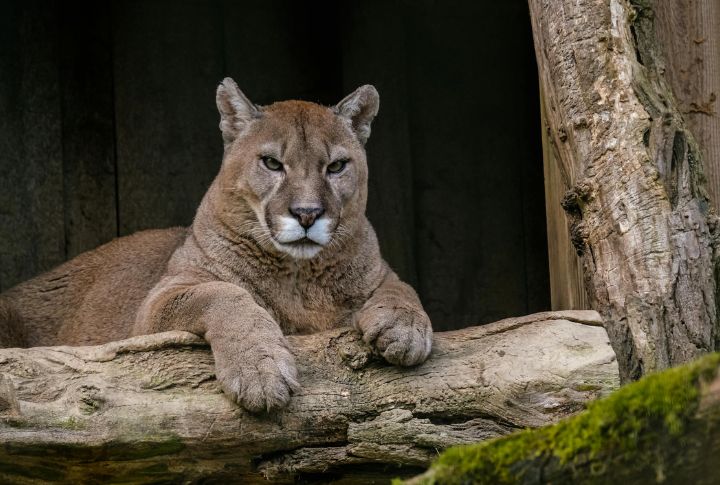
Ever wandered down a forest path and spotted a paw print too big to be a dog’s? That quiet rustle in the underbrush could belong to one of North America’s most mysterious big cats, the cougar. Also known as mountain lions, these elusive creatures still roam some of the wildest corners of the country. So, tie those laces tight because we’re heading into the heart of cougar territory.
Yellowstone National Park, Wyoming
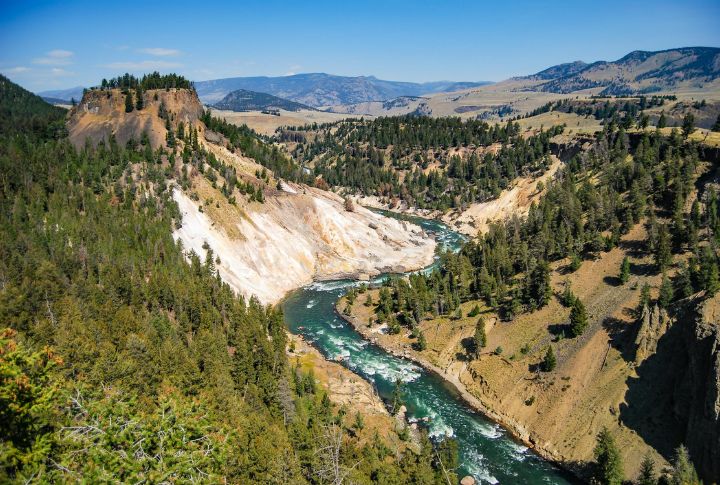
America’s most iconic preserve isn’t just home to bison or geysers. Yellowstone’s rugged terrain gives cougars the seclusion they crave. Although encounters are scarce due to their stealth, the northern range is recognized for supporting a stable mountain lion population tracked by biologists for decades.
Glacier National Park, Montana
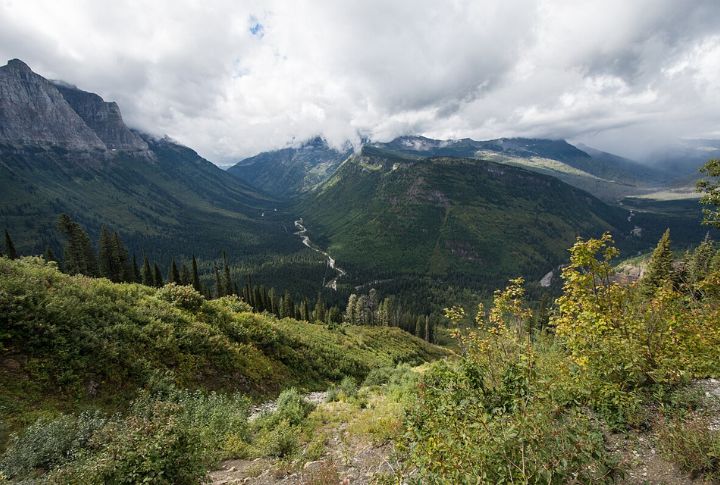
Towering summits and limited road access make Glacier an ideal cougar stronghold. Researchers have documented healthy populations in this northern wilderness, often relying on trail cameras to study their behavior. The park’s deep valleys and rocky cliffs provide perfect cover for their elusive ways.
Santa Monica Mountains, California
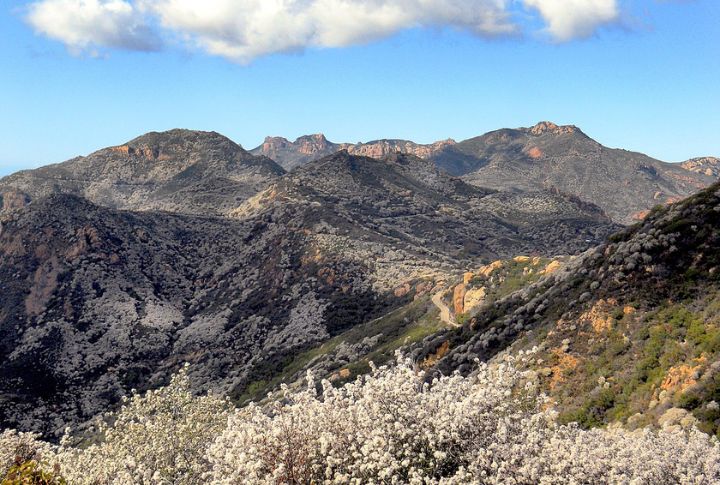
It might surprise you that cougars dwell among the hills just outside Los Angeles. The famous P-22 mountain lion became a local celebrity after crossing two freeways to settle in Griffith Park. These urban predators adjust remarkably well despite shrinking habitats and nearby activity.
Black Hills, South Dakota
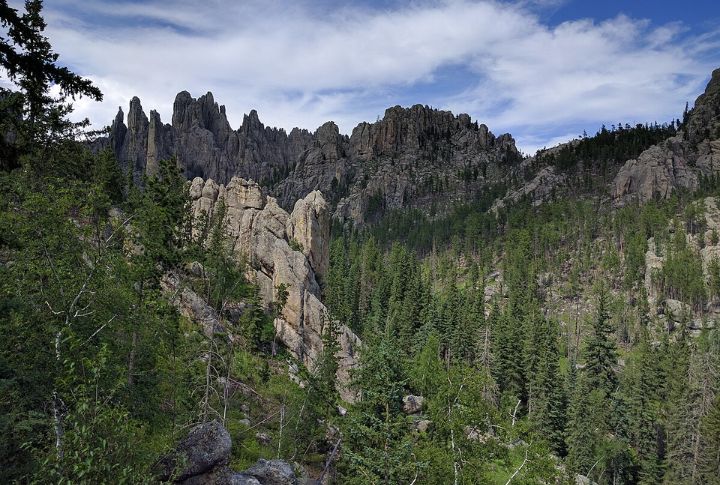
South Dakota’s Black Hills support one of the most visible cougar groups in the Midwest. With plentiful deer and dense woodland, it’s a hotspot for nature enthusiasts and scientists. Some hikers have spotted paw prints or even caught a rare glimpse of a cougar after fresh snow settles on the trails.
North Cascades, Washington
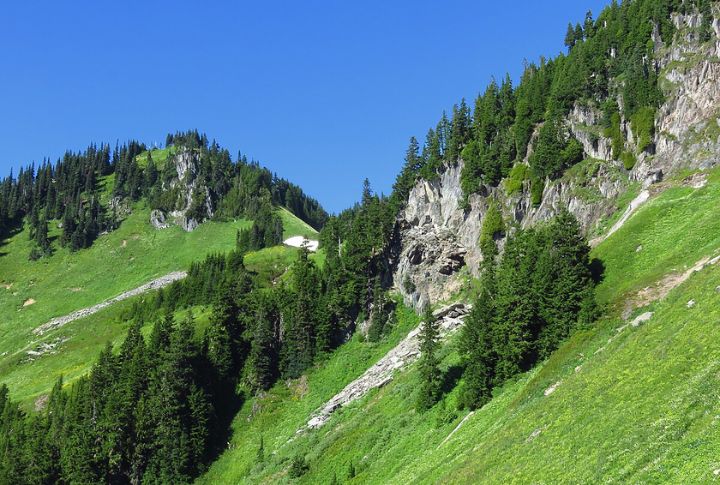
Thick with moss-draped trees and jagged peaks, the North Cascades offer an ideal wilderness for cougars. These big cats thrive as apex predators, helping keep deer populations in check. Thanks to the region’s remoteness, they move freely and largely unseen, making this untamed area a true sanctuary for wildlife.
Big Bend National Park, Texas
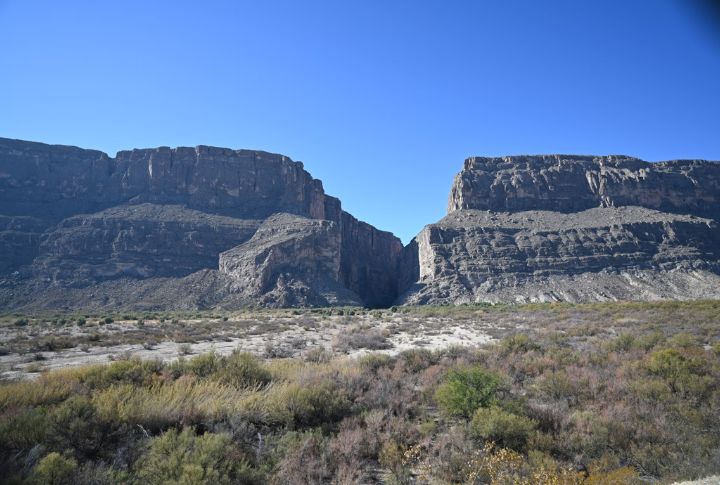
In the sunbaked solitude of the Chihuahuan Desert, cougars quietly wander the canyons and peaks of Big Bend. The park’s vast, remote environment makes it a prime setting for these solitary hunters, especially around the Chisos region, where sightings occasionally grab headlines.
Siskiyous Mountains, Oregon And California
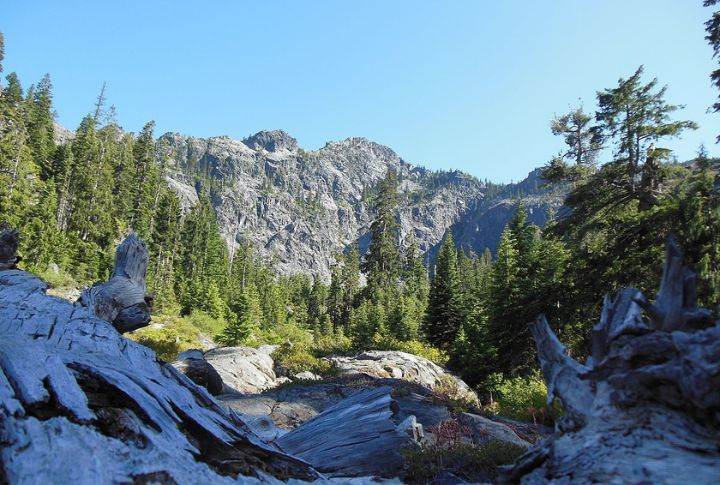
This rugged stretch where Oregon meets California is more than just scenic—it’s a vital sanctuary for mountain lions. The Siskiyous provide the space and cover these elusive cats need to thrive. For years, researchers have looked to this area to study these shy creatures in their natural habitat.
San Andres Mountains, New Mexico
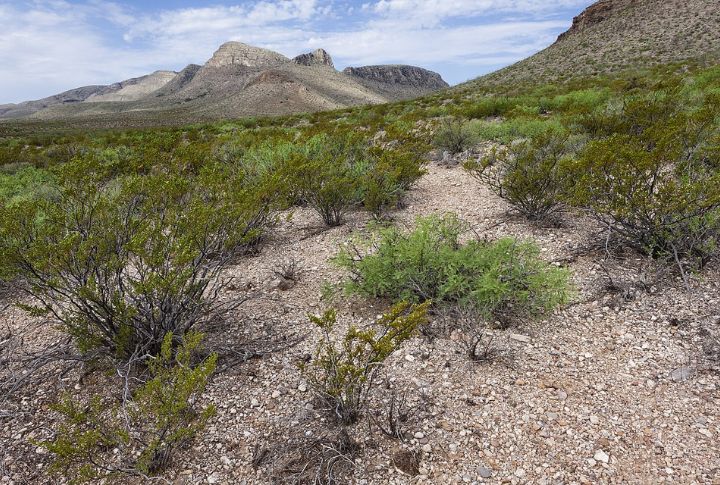
Far from tourist crowds, the San Andres range remains one of the Southwest’s lesser-known cougar zones. Field biologists observe the local group for insight into desert survival as these creatures expertly endure dry conditions and sparse water while hunting bighorn sheep or mule deer.
Uncompahgre Plateau, Colorado
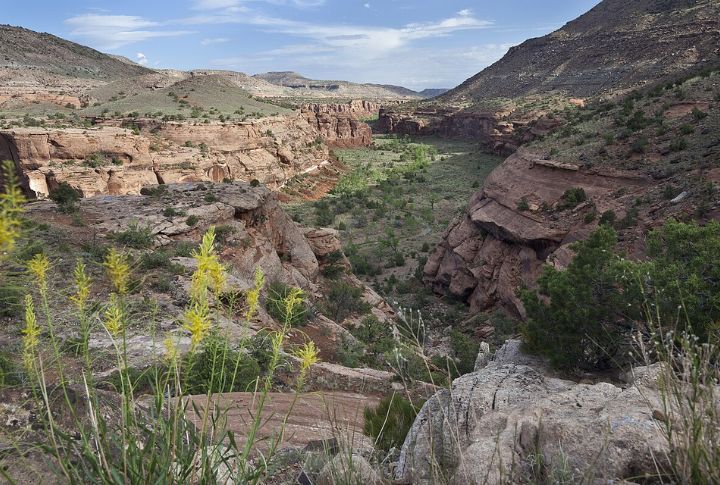
Located in western Colorado, the Uncompahgre Plateau is a lesser-known hotspot where cougar populations have steadily expanded. The mix of woodland and canyons creates excellent stalking grounds. It’s also one of the few areas where in-depth observation of individual lions continues.
Bitterroot Mountains, Idaho And Montana
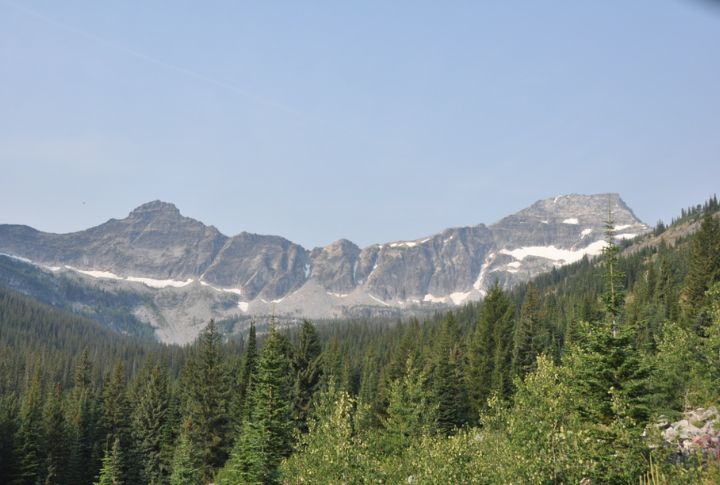
Stretching along the Idaho-Montana border, the Bitterroots form a secluded zone where cougars flourish. Dense wilderness and minimal human interference mean these felines enjoy ample space to roam. Hidden trail cams often capture ghost-like images of them crossing silently through the woods.
